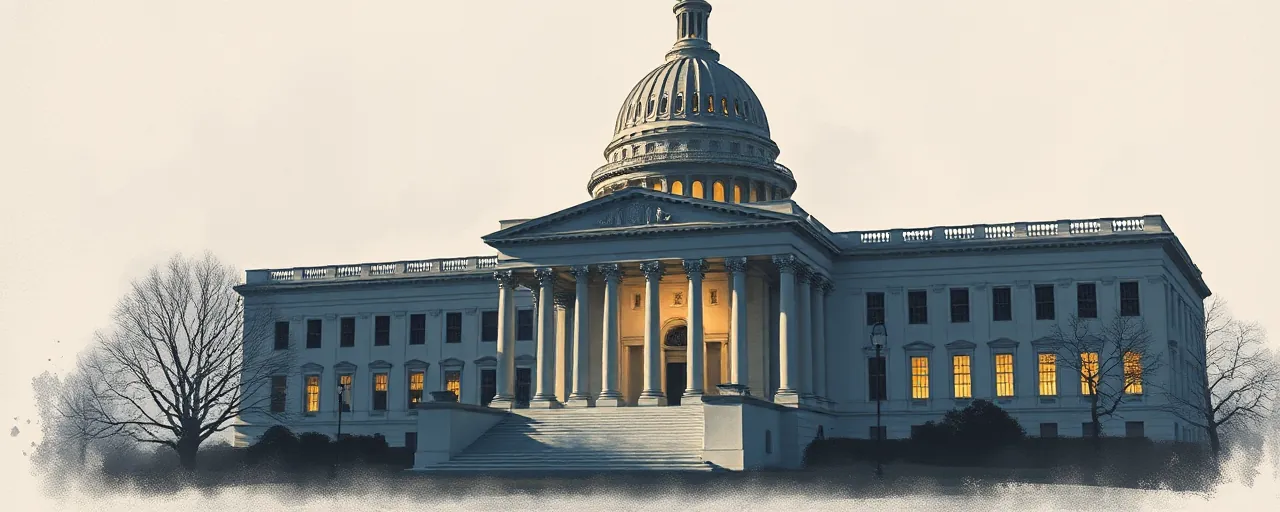A Global Scheme Exposed
A criminal complaint unsealed on April 1, 2025, by the U.S. Department of Justice has thrust two Iranian nationals and their company into the spotlight. Hossein Akbari, 63, and Reza Amidi, 62, alongside Rah Roshd Company, face charges of conspiring to illegally procure American-made parts for Iranian drones. These unmanned aerial vehicles, or UAVs, are linked to the Islamic Revolutionary Guard Corps (IRGC), a group the U.S. designates as a foreign terrorist organization. The allegations paint a vivid picture of a sophisticated network dodging sanctions to arm Iran’s military ambitions.
The stakes are high. Drones built with these parts have surfaced in conflict zones, including Ukraine, where a Mohajer-6 UAV, downed by Ukrainian forces in September 2022, revealed components from a Brooklyn-based firm. This isn’t just a legal breach; it’s a thread in a larger tapestry of international security concerns. The Justice Department, alongside the Treasury, is now cracking down, signaling a renewed push to choke off Iran’s access to Western technology.
The Mechanics of Evasion
Akbari, Rah Roshd’s CEO, and Amidi, its commercial manager with ties to state-owned Qods Aviation Industries, allegedly orchestrated a web of deception. Court documents reveal they used shell companies in the United Arab Emirates and Belgium, plus spoofed emails, to mask their identities and intentions. Their goal? To snag U.S.-origin parts, like servo motors and pneumatic masts, critical for drones such as the Mohajer-6. Payments flowed through front companies in the UAE to suppliers in China, with funds even passing through U.S. banks, raising money laundering red flags.
This isn’t a new playbook. Iran has long leaned on intermediaries to sidestep sanctions, a tactic honed over decades. Back in the 2010s, Turkish banks facilitated gold-for-oil schemes to prop up Tehran’s economy. Today, the UAE and China serve as key hubs, with shell entities obscuring the trail. Experts note this mirrors strategies seen elsewhere, from North Korea’s trade tricks to Russian oligarchs’ post-Ukraine invasion pivots. The complexity keeps regulators scrambling.
Drones in the Crosshairs
Iran’s drone program isn’t just a domestic project; it’s a regional game-changer. The Mohajer-6 and its kin have popped up in Syria, Yemen, and Ukraine, often wielded by Iran’s allies or proxies like Hezbollah and the Houthis. The Shahed-149, dubbed 'Gaza,' boasts a 4,000-kilometer range, amplifying Tehran’s reach. For neighbors like Israel and Saudi Arabia, these UAVs aren’t abstract threats; they’ve hit oil fields and shipping lanes, forcing a rethink of defense strategies.
The tech itself tells a story of adaptation. Analysts point out Iran’s knack for reverse-engineering foreign designs, like the U.S. MQ-9 Reaper, to churn out cost-effective weapons. American components, even when acquired illicitly, turbocharge this effort. The Justice Department’s charges spotlight Rah Roshd’s role in supplying the IRGC, with letters from the group’s UAV command praising the firm’s contributions to Iran’s self-reliance. It’s a stark reminder of how global supply chains can feed local conflicts.
A Unified Front Against Proliferation
The U.S. isn’t tackling this alone. The Treasury’s latest sanctions, announced alongside the charges, target six entities and two individuals across Iran, the UAE, and China, all tied to Qods Aviation Industries. This follows a February 2025 directive from the White House to ramp up pressure on Iran’s weapons networks. International cooperation is key; groups like the G7 and the Financial Action Task Force are pushing for tighter export controls and financial oversight to plug the gaps.
History offers lessons here. Past efforts, like the UN’s arms embargoes on Iran, stumbled over enforcement splits among nations. Today’s moves lean on sharper tools: intelligence sharing with allies like Israel and Europe, plus initiatives like the Disruptive Technology Strike Force, a Justice-Commerce tag team aimed at tech smugglers. Still, some argue the cat-and-mouse game persists, with Iran’s proxies and trade partners adapting faster than regulators can catch up.
What It All Means
The charges against Akbari and Amidi, still at large, underscore a gritty reality: U.S. tech isn’t just powering innovation at home; it’s arming adversaries abroad. For everyday readers, this isn’t about abstract policy; it’s about drones built with American parts buzzing over battlefields, threatening lives and stability. The Justice Department’s vow to dismantle these supply chains signals resolve, but the global nature of the problem keeps the outcome uncertain.
Looking ahead, the ripple effects touch more than courtrooms. Neighbors wary of Iran’s reach, allies bolstering defenses, and regulators racing to close loopholes all feel the weight. The story of Rah Roshd isn’t just a legal saga; it’s a window into a world where technology, sanctions, and warfare collide, leaving everyone to grapple with the fallout.
